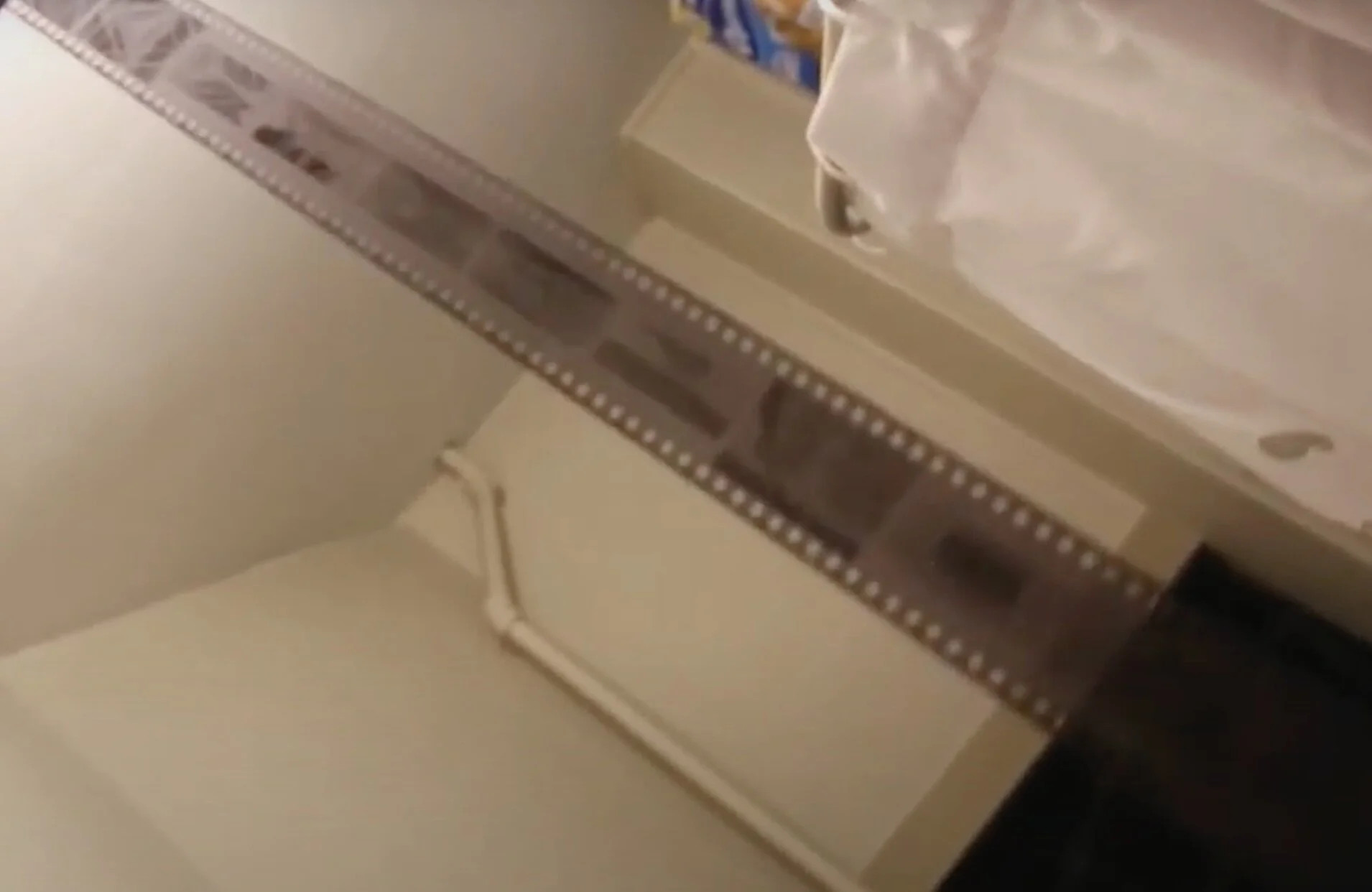Caffenol at Home Developer
Teaching Team Members: Jack Powers
Age or Grade Level: 11th or 12th Grade
VISUAL ARTS CONTENT / STANDARDS
Media Arts 2.9.2.2.1
High School
1.Create
2.Generate and develop original artistic ideas.
1. Apply aesthetic criteria in developing, proposing, and refining artistic
ideas, plans, prototypes, and production processes for media artworks,
considering original inspirations, audience and constraints.
OVERVIEW OF PROJECT
Students will be able to make this own developer at home. Most of the materials are available at your local grocery store (if you go out remember to practice social distancing!)
“BIG IDEAS”/ ESSENTIALQUESTION(S)
How does accident play into art making?
How do materials, technique and accessibility effect the artists ability to work
STUDENT OUTCOME OBJECTIVES
Students will:
1. Make their own developer
2. Develop a roll of film
3. Judge the accessibility of the process
PRIOR KNOWLEDGE
Basics of film development
EXAMPLES OF ARTWORK
https://www.flickr.com/groups/33051635@N00/pool/
ADDITIONAL RESOURCES
https://www.fieldmag.com/articles/how-to-develop-film-with-coffee-caffenol-guide
ASSESSMENT
Upload an image of the developed roll.
Fill out some assessment questions.
Did the demo represent the process?
Was this accessible to do at home?
How did the process change the outcome?
What were some challenges trying to do this from home?
MATERIALS
1 roll of undeveloped film
Vitamin C power or tablets (pulverized)
Instant coffee
Washing Soda - find it in laundry detergent aisle at the grocery store or in big-box stores, in hardware or home improvement stores or online
( addendum: WARNING: make sure to keep washing soda out of the reach of children and pets. You should wear gloves when cleaning with washing soda because it can cause skin irritation. It can be harmful to the eyes, cause irritation to the lungs if inhaled, and may cause abdominal pain or vomiting if large doses are swallowed.”
Washing soda can be made out of baking soda in the oven – have ventilation or open windows and take care in heating it up. https://sciencenotes.org/turn-baking-soda-washing-soda/
Fixer https://www.ilfordphoto.com/rapid-fixer-product
Liquid dish soap
Glass or pyrex 16 ounce cup
Tsp (teaspoons – not Tbls tablespoon)
Vinyl, plastic or rubber gloves
Film processing tank or any light tight container or photo trays
Clothes pins and a hanger
Paper clips
Mixing containers
LEARNING ACTIVITIES AND TIMING
1. Make the Washing Soda if needed and cool if it cannot be purchased.
2. Collect all materials needed for the process from above list in one place where you will work by running water.
3. Put on protective vinyl or rubber gloves.
4. In one container mix 12 oz of tap water (room temp), ¾ tsps vitamin C powder (1000mg), 5 tsps instant coffee crystals (cannot be decaf), 3.5 tsps washing soda.
5. Stir until all powder and crystals dissolve.
6. Pour into sealed developing tank and agitate slowly for one minute, then agitate 2 time per minute for the following 11 minutes. Pour out Caffenol mix.
7. Place tank under running water for 1 minute to stop developing process. Have the water as close to room temp as possible. It should not feel hot or cold to your touch.
8. In another container, mix 2 oz of fixer with 6 oz of water. Pour this mix into tank and agitate slowly 2 times per minute for seven minutes. Save fix and bring to local darkroom (west photo) for disposal.
9. In another container, mix water with a few drops of dish soap. Add to tank for a minute and agitate for the first 30 seconds. Let it rest for the last 30 seconds. Pour out and open tank.
10. Pull out your film and hang to dry. You're all done.
11. Scan film with scanner if possible if not, use your cell phone and take a picture of the negatives against a white screen on your laptop. Also you can scan the film with a DSLR if you have acess to one. https://www.youtube.com/watch?v=xO-md8tiA6U
12. Share images with Lauren.
13. Take the assessment to reflect on process and provide you and Laruen with Feedback.
TEACHER REFLECTION
What problems do you anticipated with this lesson?
Not everyone might be able to do the project.
Not everyone will have all the materials
Not everyone will want to do the project.
Not everyone will be able to see the results without a scanner or digital camera.
How does this project fit into overall curriculum planning for the subject areas and the arts?
Is an alternative option to develop a roll yourself, rather than pay to have it done.
How will your students’ work be shared with the community?
If they can scan the film they can share it however they’d like.
How will you receive feedback on your teaching methodology and quality of student work?
Have the students will out an evaluation of the instructions and demo.
